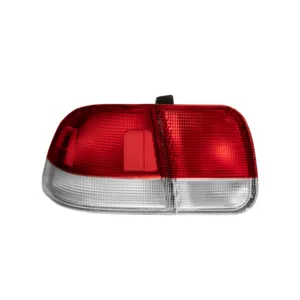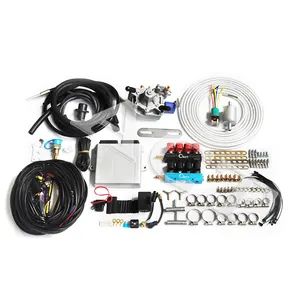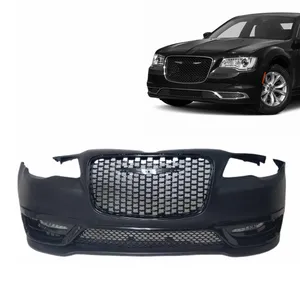Popular in your industry

























































































































































































Top categories
About casting bogie
Introduction to Casting Bogies
A casting bogie is an essential component in the realm of railway equipment, serving as a modular subassembly of wheels and axles. This category encompasses a variety of bogies designed for different rolling stock applications. The casting process ensures that these bogies are manufactured with precision and durability, catering to the rigorous demands of rail transport.
Types and Applications
The types of casting bogies vary, ranging from those used in freight cars to those designed for passenger coaches. Each type is tailored to meet specific load-bearing requirements and operational speeds. The applications of these bogies are diverse, supporting the movement of goods and passengers across global rail networks.
Design Features and Materials
Casting bogies are designed with features that promote stability, shock absorption, and reliable performance under varying loads. The materials used in their construction, such as cast steel or iron, are selected for their strength and fatigue resistance. These materials undergo rigorous testing to ensure they meet industry standards.
Advantages of Casting Bogies
The advantages of using casting bogies include enhanced safety due to their robust construction, improved ride quality from advanced design, and extended service life resulting from the use of high-grade materials. Their adaptability to different rail gauges and conditions makes them a versatile choice for rolling stock manufacturers.
Maintenance and Durability
Maintenance practices for casting bogies are crucial for ensuring their longevity and reliability. The durability of these components is a testament to the quality of both the materials used and the casting processes employed in their production.
Environmental Considerations
In an era where environmental considerations are paramount, casting bogies are increasingly designed with sustainability in mind. The production processes aim to minimize waste and energy consumption, contributing to the rail industry's eco-friendly initiatives.


























































